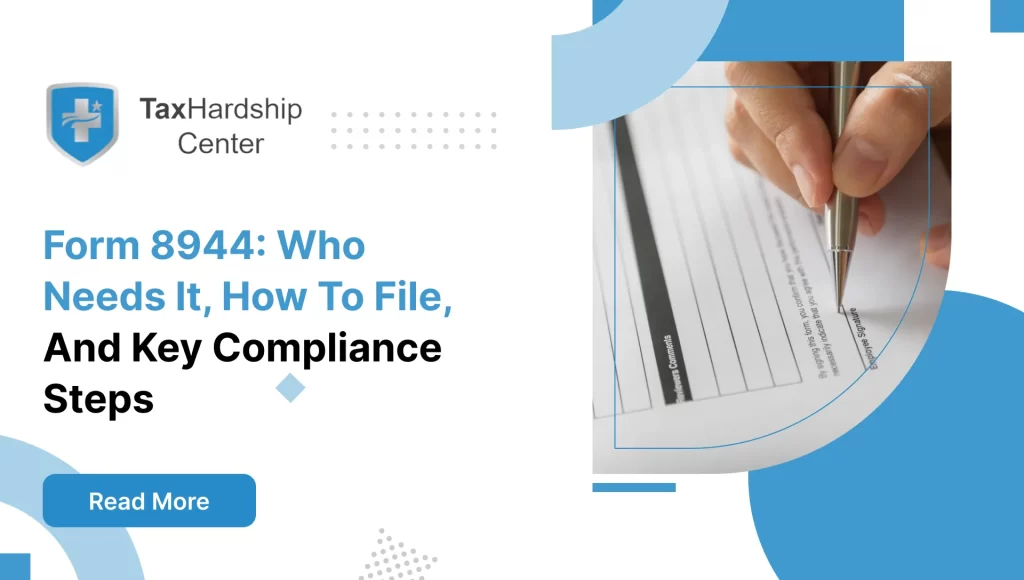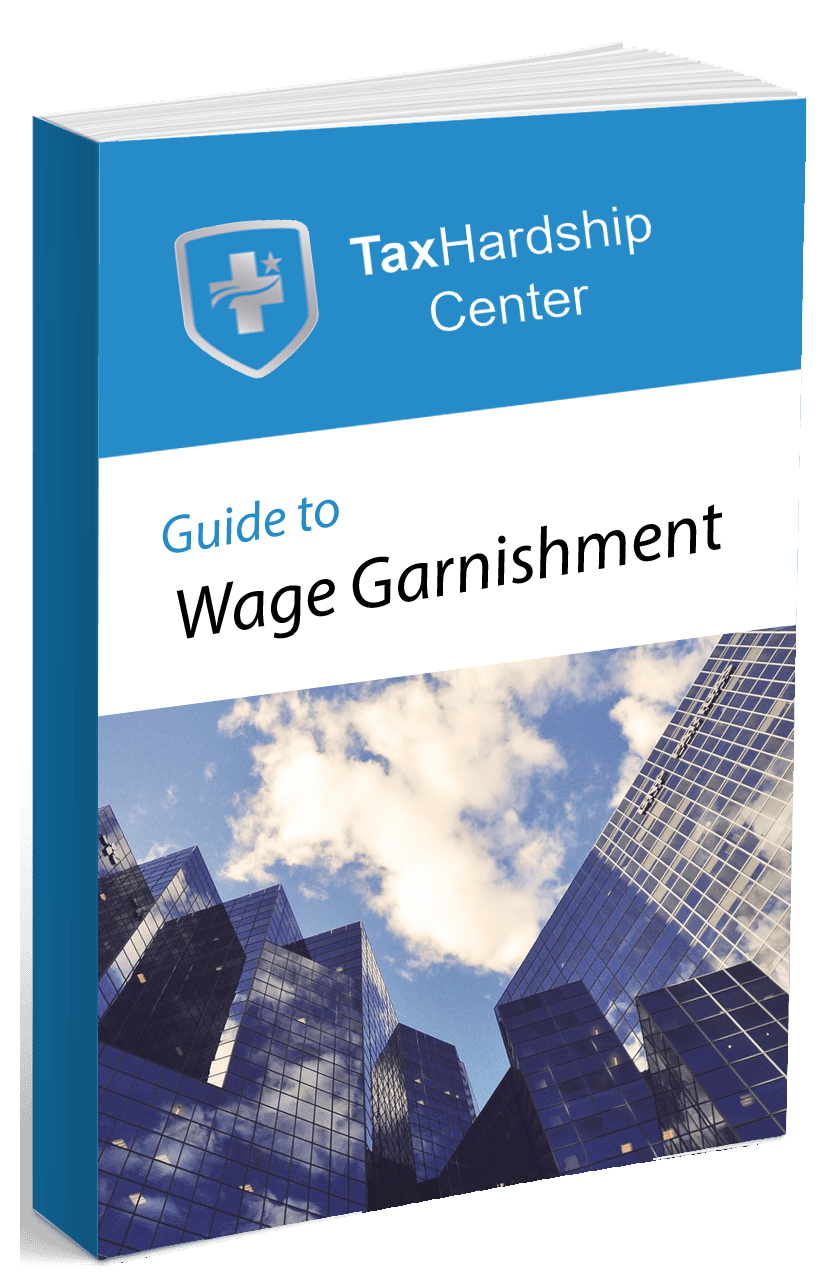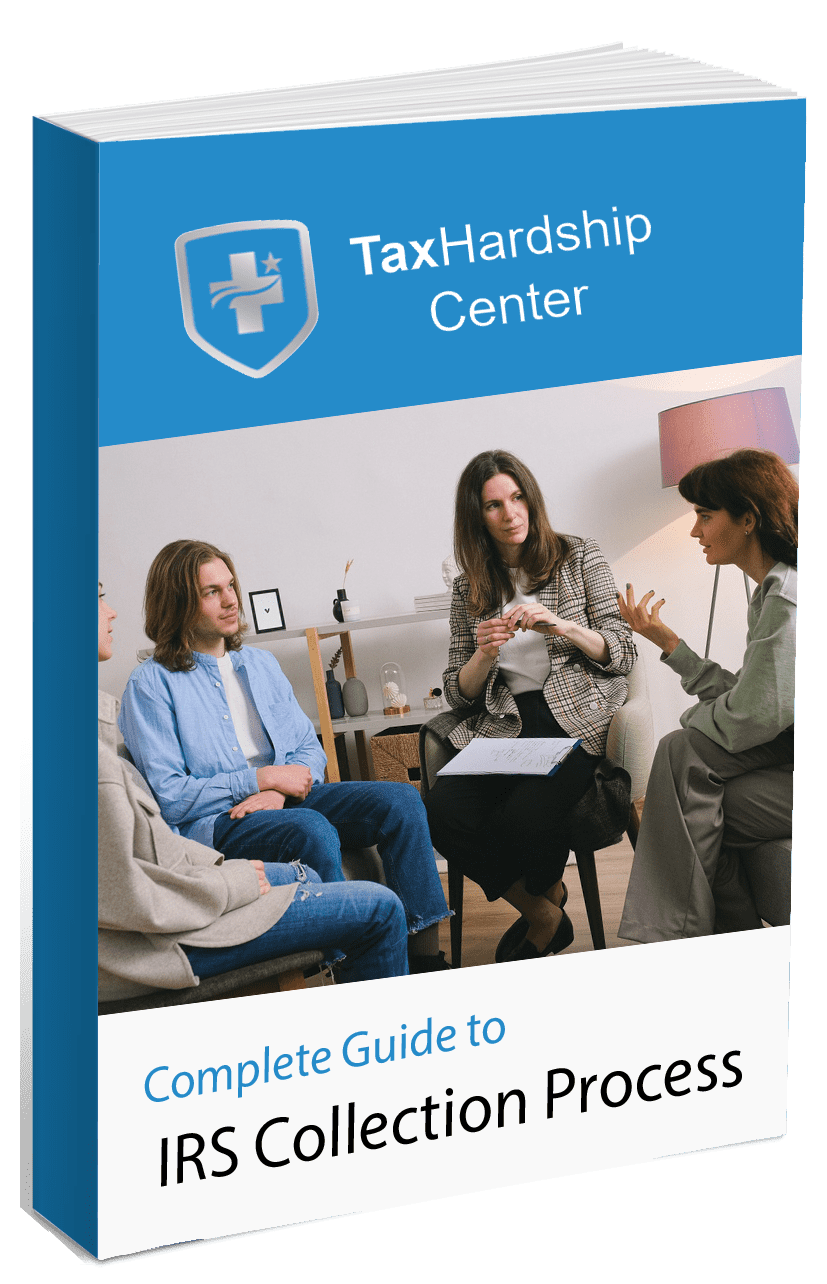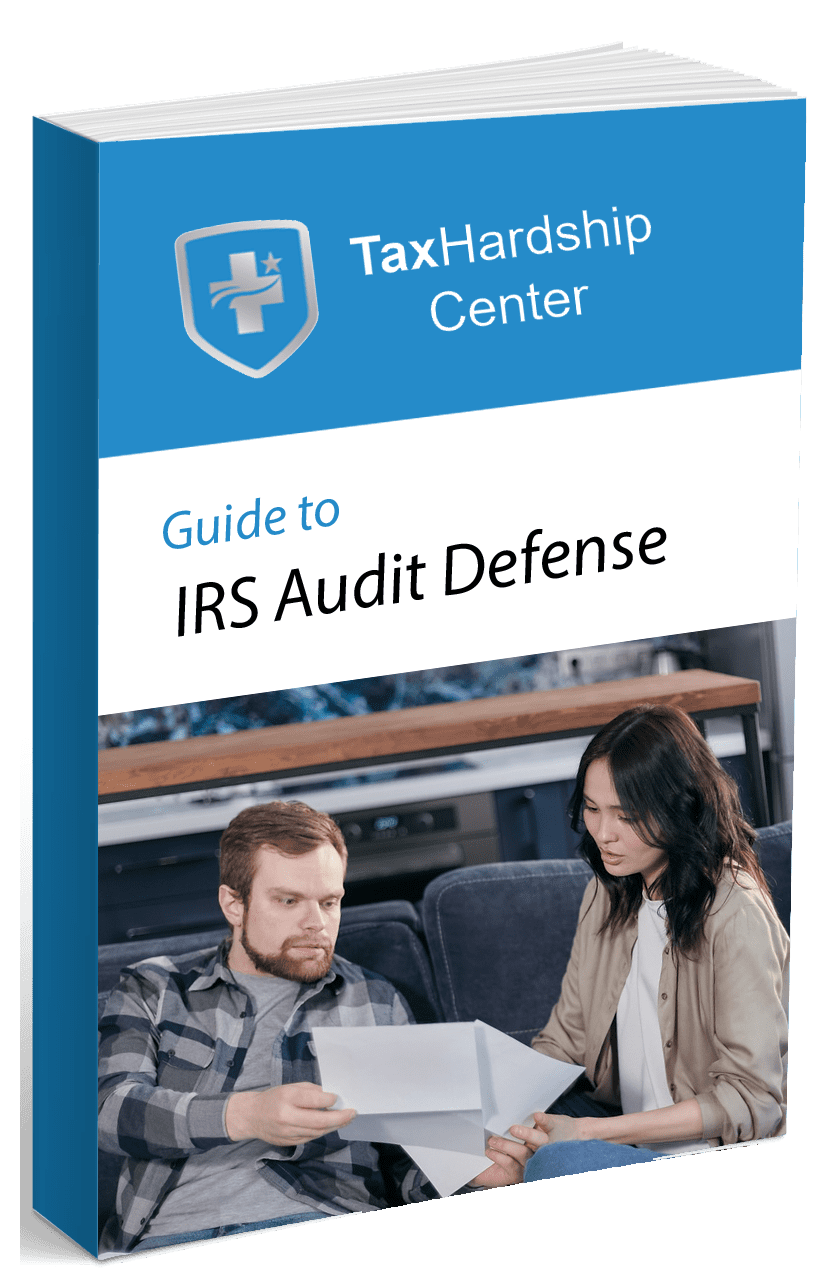Tax negotiation companies specialize in helping individuals and businesses resolve IRS debt through legally approved strategies. These firms work directly with the IRS to secure settlements, reduce penalties, and create manageable payment plans. This guide explains how tax negotiation companies operate, explores common IRS debt relief options, and provides actionable steps to address unpaid taxes.
Understanding Tax Debt and Negotiation
What Is Tax Debt Relief?
Tax debt relief refers to strategies that reduce or eliminate tax liabilities through IRS-approved programs. Tax negotiation companies assess your financial situation, identify eligible relief options, and advocate for settlements or payment plans. Relief can include lowering the total debt owed, stopping penalties, or avoiding asset seizures.
Tax debt relief is not a one-size-fits-all solution. The IRS offers multiple pathways depending on your financial circumstances, such as income level, assets, and compliance history. For example, a taxpayer with limited income and high medical expenses may qualify for an Offer in Compromise, while a small business owner with steady cash flow might benefit from an installment agreement.
The Importance of Negotiating with the IRS
Ignoring tax debt leads to escalating penalties, interest, and enforcement actions like wage garnishment. Proactive negotiation helps halt these consequences. The IRS often prefers resolving debts through structured agreements rather than aggressive collection tactics.
When you negotiate with the IRS, you demonstrate a willingness to resolve your debt, which can prevent liens on your property or levies on your bank accounts. For instance, a taxpayer who communicates promptly with the IRS and proposes a realistic payment plan is more likely to avoid wage garnishment compared to someone who ignores IRS notices.
Work With Our Team at Tax Hardship Center
Our specialists at Tax Hardship Center offer insights and strategies tailored to each taxpayer’s needs. We know that life events like job loss or minimal freelance work can still trigger legal or financial obligations. We also understand that refunds or credits might come into play, even when your reported wages are low or nonexistent. If you want personalized help with your tax filings, please visit:
https://www.taxhardshipcenter.com/
We focus on practical solutions so you can feel secure about your standing with the IRS. Our team strives to save you time and trouble, all while keeping you informed about your unique options.
Common IRS Tax Debt Resolution Options
Offer in Compromise: Settling for Less Than You Owe
An Offer in Compromise (OIC) allows taxpayers to settle tax debt for less than the full amount of paying in full would cause financial hardship. This program is designed for individuals or businesses who cannot pay their tax liability without sacrificing basic living expenses or business operations.
Eligibility Criteria for Offer in Compromise
The IRS evaluates income, expenses, asset equity, and ability to pay. Applicants must be current on tax filings and not in an open bankruptcy proceeding. To qualify, you must prove that paying the full debt would create significant financial strain.
For example, a single parent earning 40,000annually with $ 15,000 in medical debt and no significant assets might meet the eligibility criteria. The IRS uses a formula to calculate your “reasonable collection potential,” which includes your income minus necessary living expenses and the equity in your assets.
Steps to Apply for an Offer in Compromise
Applying for an Offer in Compromise requires meticulous documentation. Start by submitting IRS Form 656, which outlines your proposed settlement amount. Include a non-refundable $205 application fee, though this fee may be waived for low-income taxpayers using Form 656-A. Next, provide detailed financial documentation using Form 433-A for individuals or Form 433-B for businesses. These forms require proof of income, monthly expenses, and asset values.
The IRS reviews your application for completeness and may request additional documents, such as recent pay stubs or mortgage statements. The process typically takes six to twelve months. If the IRS rejects your initial offer, they may propose a revised amount, and negotiations can continue until both parties reach an agreement.
Installment Agreements: Structured Payment Plans
Installment agreements let taxpayers pay debts over time through fixed monthly payments. This option is ideal for individuals or businesses with steady income who cannot afford a lump-sum payment but can manage smaller, regular payments.
Types of Installment Agreements
Guaranteed installment agreements are available for taxpayers who owe less than
10,000andagreetorepaythedebtwithinthreeyears.Partial payment installment agreements are designed for taxpayers who cannot afford full repayment, with monthly payments based on disposable income. However, the debt may not be fully paid by the agreement’s end. Streamlined installment agreements cater to debts upto 10,000 and agree to repay the debt within three years. Partial payment installment agreements are designed for taxpayers who cannot afford full repayment, with monthly payments based on disposable income. However,the debt may not be fully paid by the agreement’s end. Streamlined installment agreements cater to debts up to $ 50,000, offering simplified approval without extensive financial disclosures but requiring repayment within six years.
For instance, a freelancer owing $ 8,000 in back taxes could qualify for a guaranteed installment agreement with monthly payments of 8,000 in back taxes could qualify for a guaranteed installment agreement with monthly payments of 222 over three years. A business owing $45,000 might opt for a streamlined agreement with payments spread over six years.
How to Apply for an Installment Agreement
Taxpayers can apply for an installment agreement online using the IRS Online Payment Agreement tool or by submitting Form 9465. The IRS reviews your income and expenses to approve a payment plan. If accepted, you’ll receive a confirmation letter outlining terms and deadlines. Missing payments can result in default, so it’s critical to choose a plan aligned with your budget.
Penalty Abatement: Reducing IRS Penalties and Interest
The IRS may remove penalties for first-time offenders or those with reasonable cause, such as medical emergencies. Penalty abatement does not reduce the principal tax owed but can significantly lower the total debt by eliminating added fines.
First-Time Penalty Abatement
Taxpayers with a clean compliance history for three prior years may qualify for first-time penalty abatement. Submit Form 843 or call the IRS directly to request relief. For example, a taxpayer who filed and paid on time for 2019, 2020, and 2021 but missed a 2022 deadline due to a family emergency could qualify.
Reasonable Cause for Penalty Abatement
Documentation like medical records, death certificates, or disaster declarations is required to prove reasonable cause. The IRS evaluates whether circumstances beyond your control prevented compliance. A small business owner forced to close due to a hurricane, for instance, could use FEMA disaster declarations to support their abatement request.
The IRS Negotiation Process
Preparing for IRS Negotiations
Gather three years of tax returns, bank statements, pay stubs, and expense records. Ensure all recent filings are up to date to avoid delays. For example, if you owe taxes for 2023, file that return before negotiating older debts. The IRS prioritizes compliance, and unfiled returns can stall negotiations.
Strategies for Effective IRS Negotiation
Prioritize resolving recent tax years first to reduce accumulating penalties. Highlight financial hardships by providing evidence of unemployment, medical bills, or other challenges. Stay proactive by responding to IRS notices within 30 days to prevent levies or liens. For example, a taxpayer who lost their job can submit termination letters and bank statements to justify a lower settlement offer.
Choosing a Tax Negotiation Company
Evaluating the Credibility of Tax Negotiation Firms
Verify credentials like IRS-issued Preparer Tax Identification Numbers (PTINs), Enrolled Agent status, or American Bar Association membership. Reputable firms like Tax Hardship Center offer free consultations and specialize in IRS negotiations. Their team of tax professionals helps clients explore relief options like installment agreements or penalty abatement, ensuring compliance while minimizing stress.
Tax Hardship Center stands out for its transparent fee structure and expertise in navigating complex IRS protocols. For example, they recently helped a client reduce a 30,000 debt to 7,000 through an Offer in Compromise by meticulously documenting their client’s medical expenses and limited income.
Red Flags to Watch Out For
Avoid firms promising guaranteed settlements or charging upfront fees without a written contract. Legitimate companies outline services and fees transparently. A credible firm will never claim to “erase” tax debt overnight but will instead explain realistic outcomes based on IRS guidelines.
DIY vs. Professional Tax Negotiation
Pros and Cons of Self-Negotiation with the IRS
Self-negotiation saves costs but risks errors. Missing deadlines or miscommunicating with the IRS can worsen penalties. For instance, a taxpayer who miscalculates their “reasonable collection potential” during an Offer in Compromise application could face rejection and wasted time.
Benefits of Hiring a Tax Professional
Experts navigate complex IRS protocols, submit accurate paperwork, and often secure better terms. Enrolled agents and tax attorneys understand IRS collection tactics and can challenge unfair assessments. For example, a tax attorney might negotiate a partial payment installment agreement that reduces monthly payments by 40% compared to a self-negotiated plan.
Preventing Future Tax Debt
Strategies for Maintaining Tax Compliance
Set quarterly reminders for estimated tax payments on April 15, June 15, September 15, and January 15. Use IRS Direct Pay to schedule automatic payments and avoid missed deadlines. Adjust withholdings by updating W-4 forms if you consistently owe taxes. For example, a freelancer earning irregular income should make quarterly estimated payments to avoid year-end surprises.
Legal Considerations in Tax Debt Resolution
Bankruptcy vs. Tax Debt Negotiation
Bankruptcy can discharge some tax debts under Chapter 7 or 13, but strict criteria apply. Tax debts must be at least three years old, and returns must have been filed on time. Negotiation avoids credit score damage and offers faster resolution. For instance, a taxpayer with $20,000 in debt from 2019 could negotiate an installment agreement without the long-term credit impact of bankruptcy.
Taxpayer Rights and Protections
The Taxpayer Bill of Rights
The IRS guarantees rights like privacy, fair treatment, and appeals. For example, you can request a collection due process hearing to dispute liens or levies. If the IRS places a lien on your home without proper notice, you can appeal the decision and present evidence of financial hardship.
Why Tax Hardship Center?
1. Hassle-Free Assistance:
Say goodbye to sleepless nights and endless tax-related stress. At the Tax Hardship Center, we believe in simplifying the complex. Our team of experts is dedicated to guiding you through every step of the process, ensuring that your tax concerns are met with precision and care.
2. 14-Day Money Back Guarantee:
We’re so confident in our ability to ease your tax worries that we offer a 14-day money-back guarantee. If you’re not satisfied with our service for any reason, we’ll gladly refund your investment. Your peace of mind is our top priority!
3. Free Consultation:
Are you curious about how we can transform your tax experience? Book a free consultation now! Our team will assess your situation, answer your questions, and provide free insights tailored to your needs.
4. Nationwide Coverage:
No matter which corner of the United States you call home, the Tax Hardship Center covers you. We proudly serve all 50 states, bringing our expertise to your doorstep. Wherever you are, our commitment to excellence follows.
FAQs
How Long Does the Negotiation Process Take?
Most cases resolve within six to twelve months, depending on IRS backlog and case complexity. For example, a straightforward installment agreement might take 30 days, while an Offer in Compromise could require a year.
Can All Tax Debts Be Negotiated?
No. Debts from unfiled returns, payroll taxes, or fraud cases are ineligible. For instance, a business owner who failed to file payroll tax returns cannot negotiate that debt until the returns are submitted.
What Happens If the IRS Rejects My Offer in Compromise?
You can appeal within 30 days or explore alternatives like installment agreements. A tax professional can help revise your offer or present new evidence of financial hardship.
Is Wage Garnishment Reversible?
Yes. Negotiating a payment plan or settlement often stops garnishment within two weeks. For example, a taxpayer who agrees to a $300 monthly installment plan can submit Form 433-F to halt wage garnishment.
How Do Tax Negotiation Companies Charge Fees?
Most use flat fees ranging from 2,500 to 2,500 to 5,000, depending on debt size and services required. For example, resolving a $ 15,000 debt through penalty abatement might cost $ 15,000 debt through penalty abatement might cost $ 2,500, while negotiating a 100,000 offering Compromise could reach 100,000.







